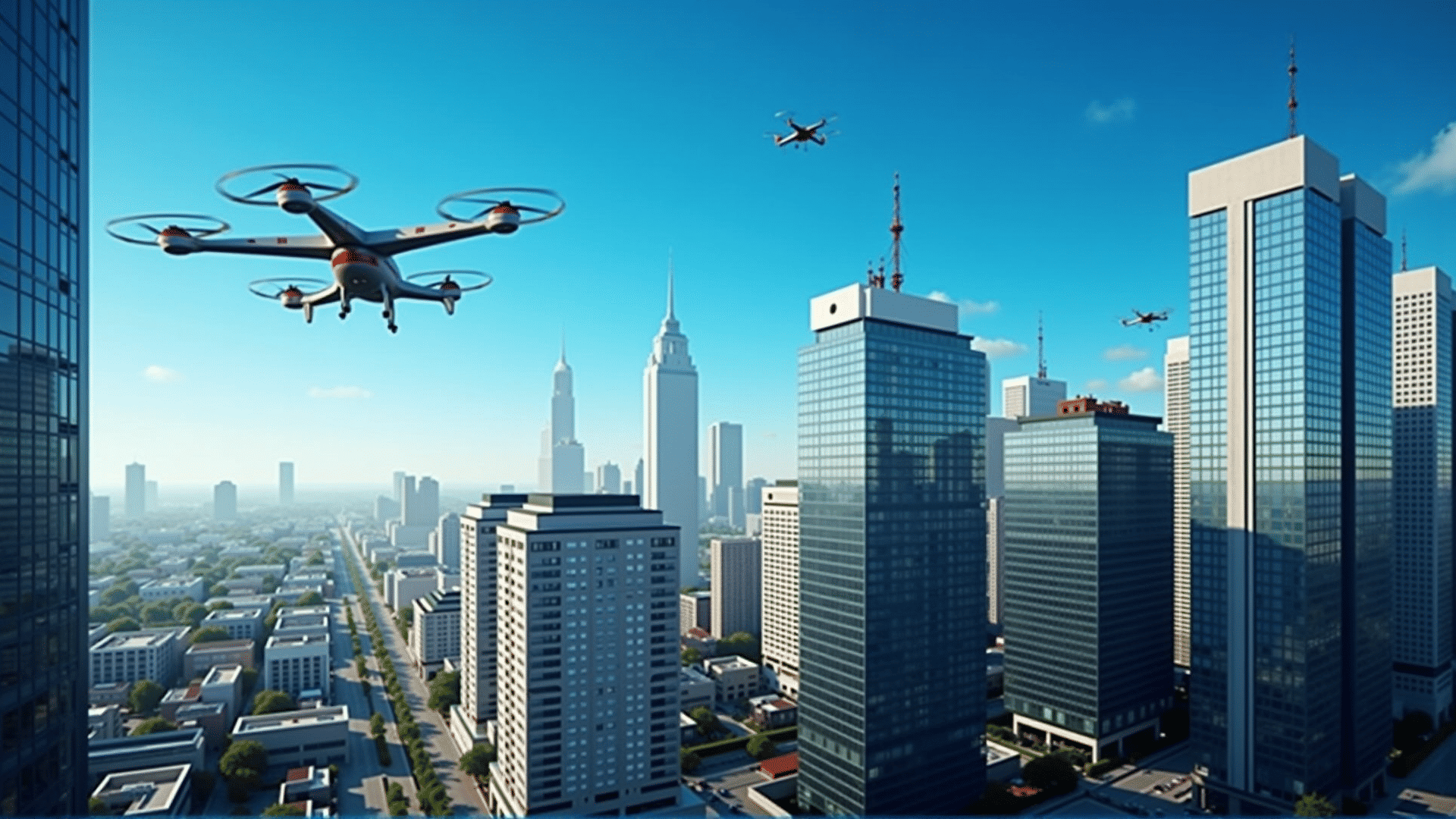Urban air mobility (UAM) is on the brink of revolutionizing the way we navigate busy cities, offering a futuristic solution to the challenges of urban transport. At the heart of this transformation are vertical takeoff and landing (VTOL) vehicles, which are set to make aerial commutes a practical reality for everyday travelers.
The concept of UAM has been gaining traction as cities become increasingly congested, leading to longer travel times and heightened pollution levels. Traditional methods of transport are struggling to keep pace with growing urban populations, and the need for innovative solutions has never been more pressing. VTOL vehicles present an exciting alternative by moving traffic off the ground and into the sky, alleviating pressure on existing infrastructure.
VTOLs are uniquely suited to short, urban journeys due to their ability to take off and land vertically. This capability eliminates the need for large runways, allowing these aircraft to operate from specially designed rooftops or compact landing sites scattered throughout a city. As a result, VTOLs can conveniently connect key locations within urban areas, such as business districts, airports, and residential neighborhoods.
One of the most groundbreaking aspects of UAM involves the integration of electric propulsion. Electric VTOLs are not only more environmentally friendly compared to traditional aircraft, but they also promise to drastically reduce noise pollution—an essential factor for widespread adoption in city environments. Companies pioneering these technologies are focused on developing efficient and sustainable designs to ensure this new mode of transport aligns with goals of reducing urban carbon footprints.
Safety and efficiency are paramount in the development of these aircraft. Automation and artificial intelligence are expected to play significant roles in piloting VTOLs, maximizing safety and minimizing human error. Advanced navigation and collision avoidance systems are being engineered to ensure seamless operations in busy airspace, with strict regulations guiding their use to prioritize passenger security.
The potential impacts of UAM extend beyond simple convenience. By reducing commuting times, VTOLs could contribute to increased productivity and improved quality of life. Moreover, a broader adoption of aerial transport may stimulate new economic opportunities and urban development, reshaping city landscapes to accommodate this futuristic mode of travel.
Despite the promising advances, several challenges remain before UAM can be fully realized. Regulatory frameworks are still being established to govern the use of aerial vehicles in urban settings. Public acceptance and the seamless integration with existing transport systems will also play crucial roles in shaping the future of urban air mobility.
In conclusion, urban air mobility represents a transformative shift in how we approach urban transport. With the advent of VTOL vehicles, cities of the future are poised to become more interconnected, sustainable, and livable. The dream of aerial commutes is swiftly moving from science fiction to a practical reality, heralding an exciting new chapter in city transportation.
